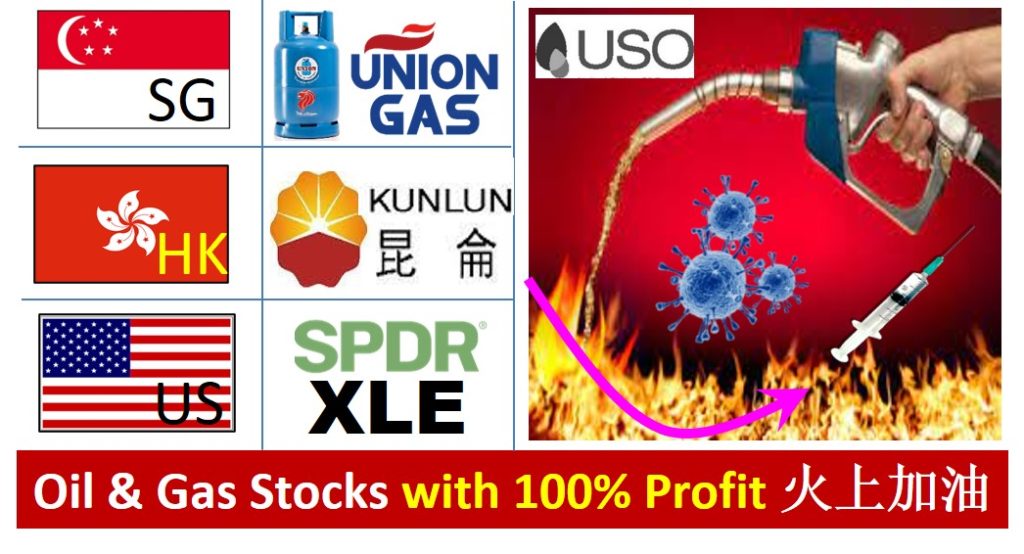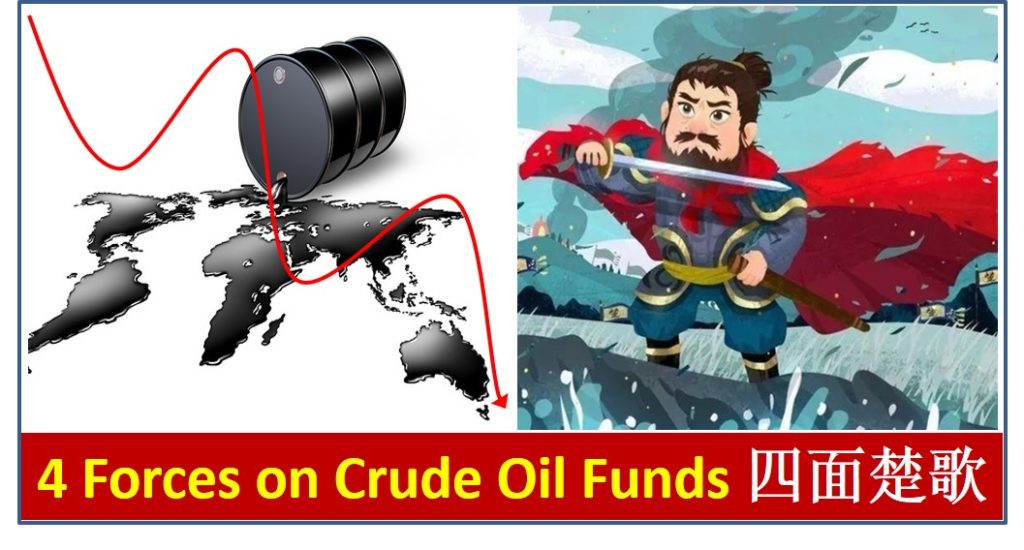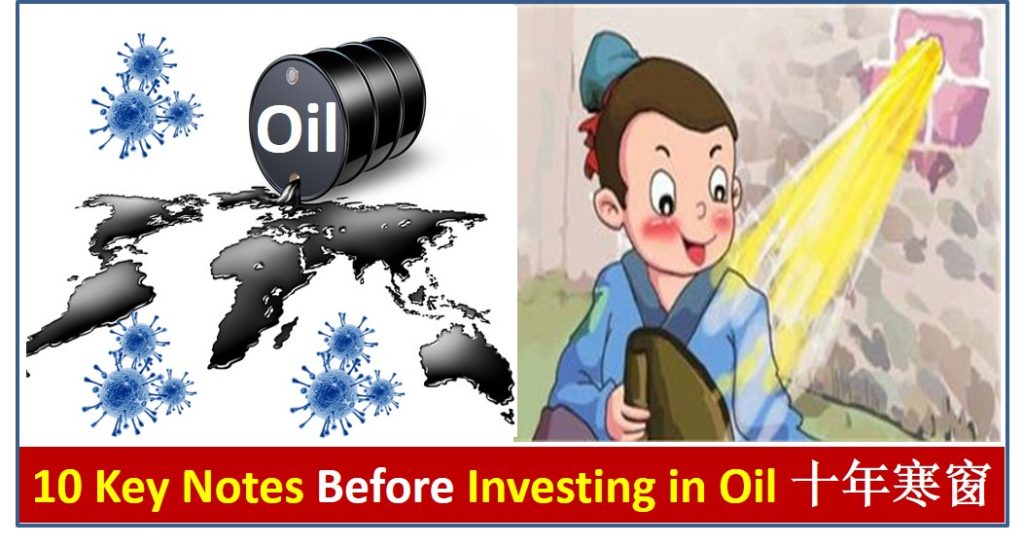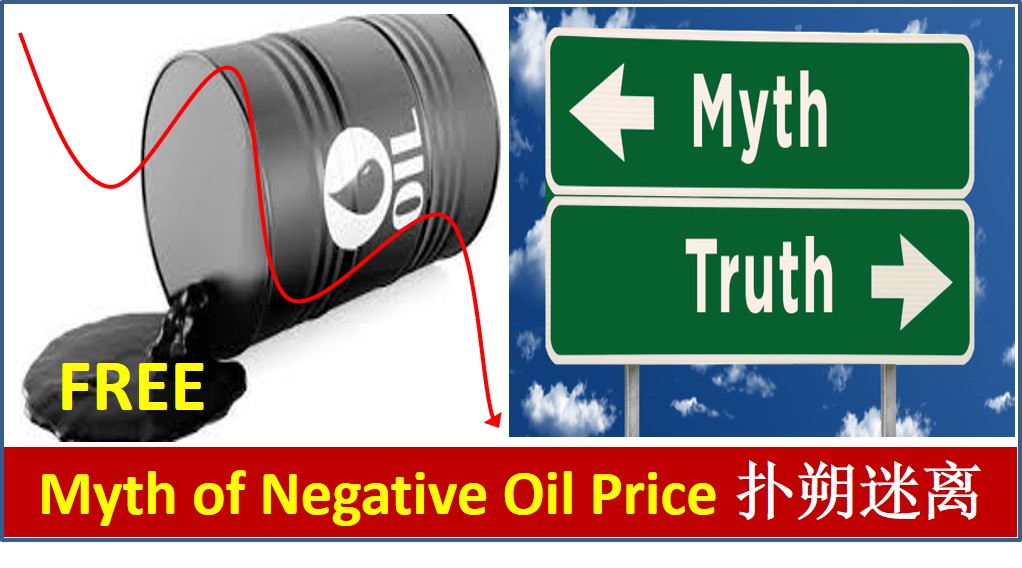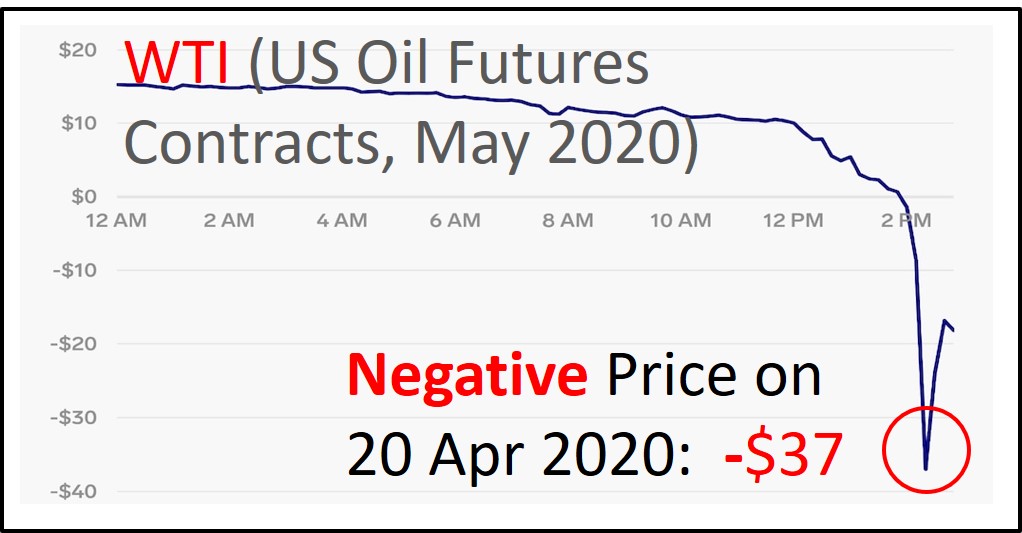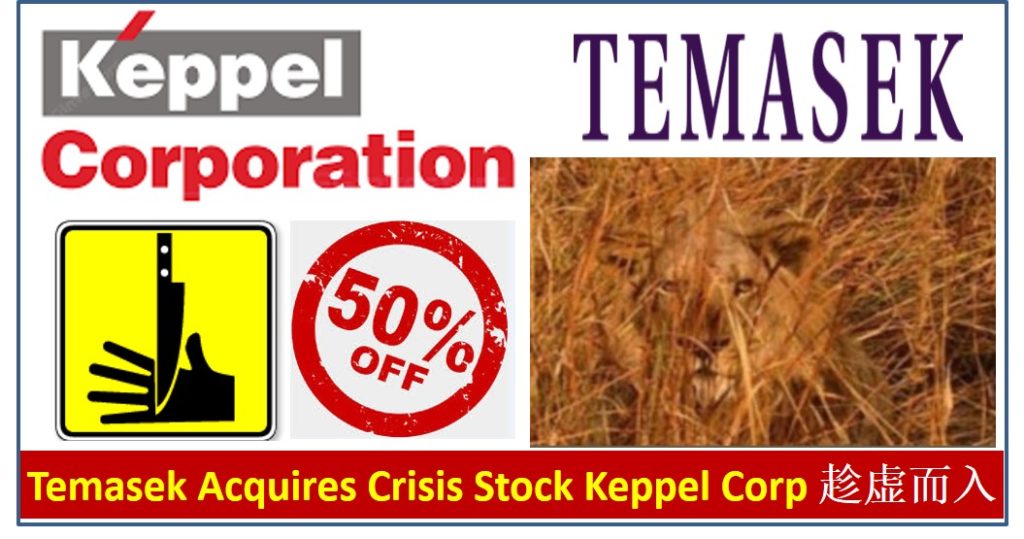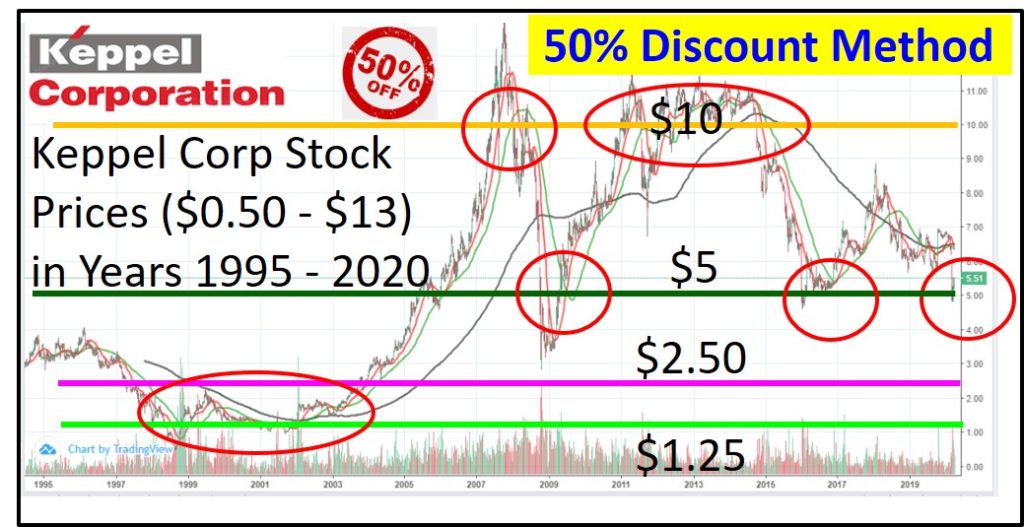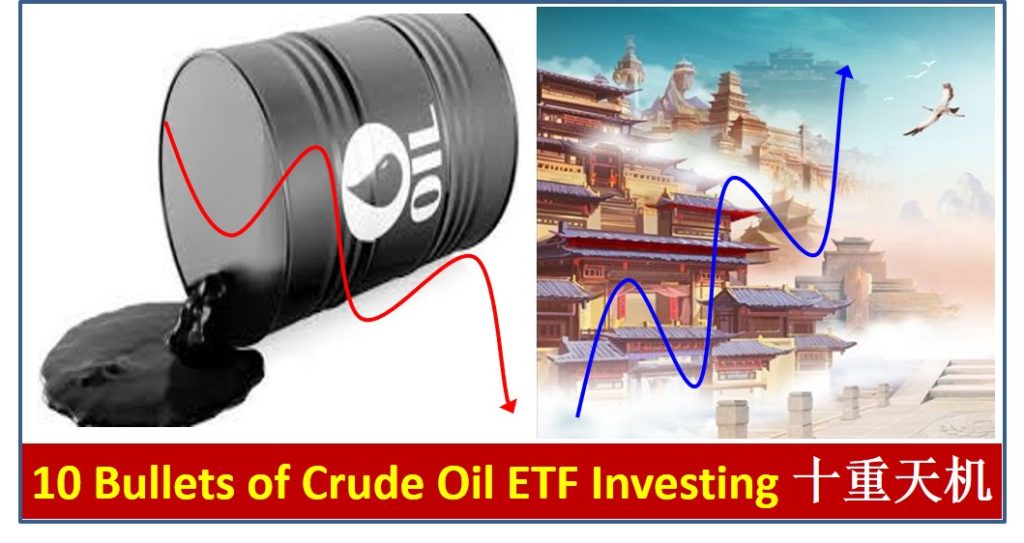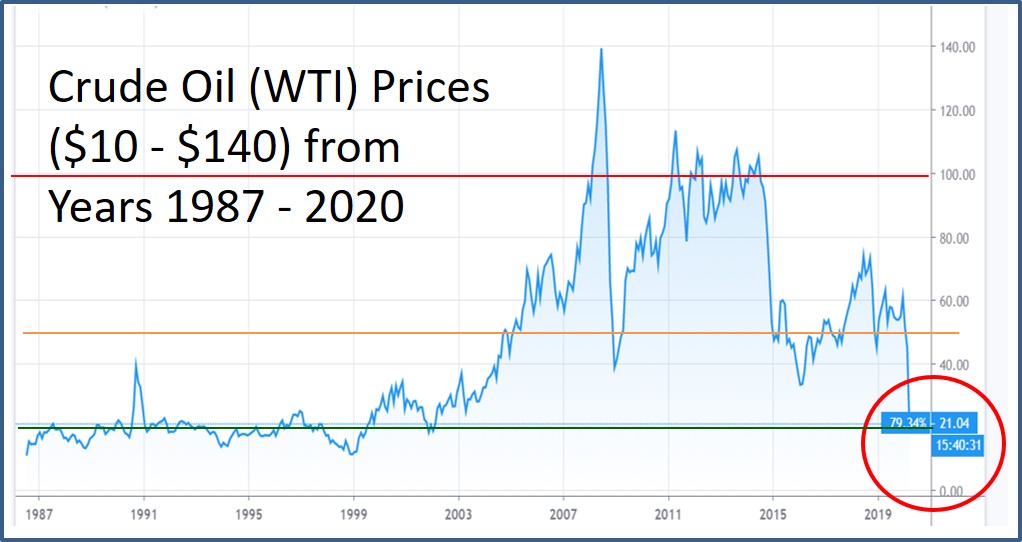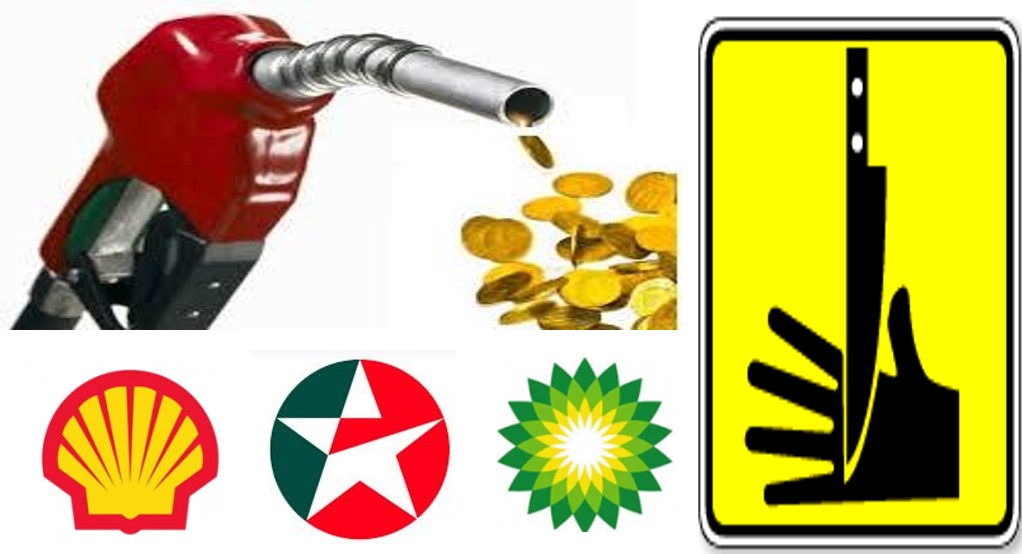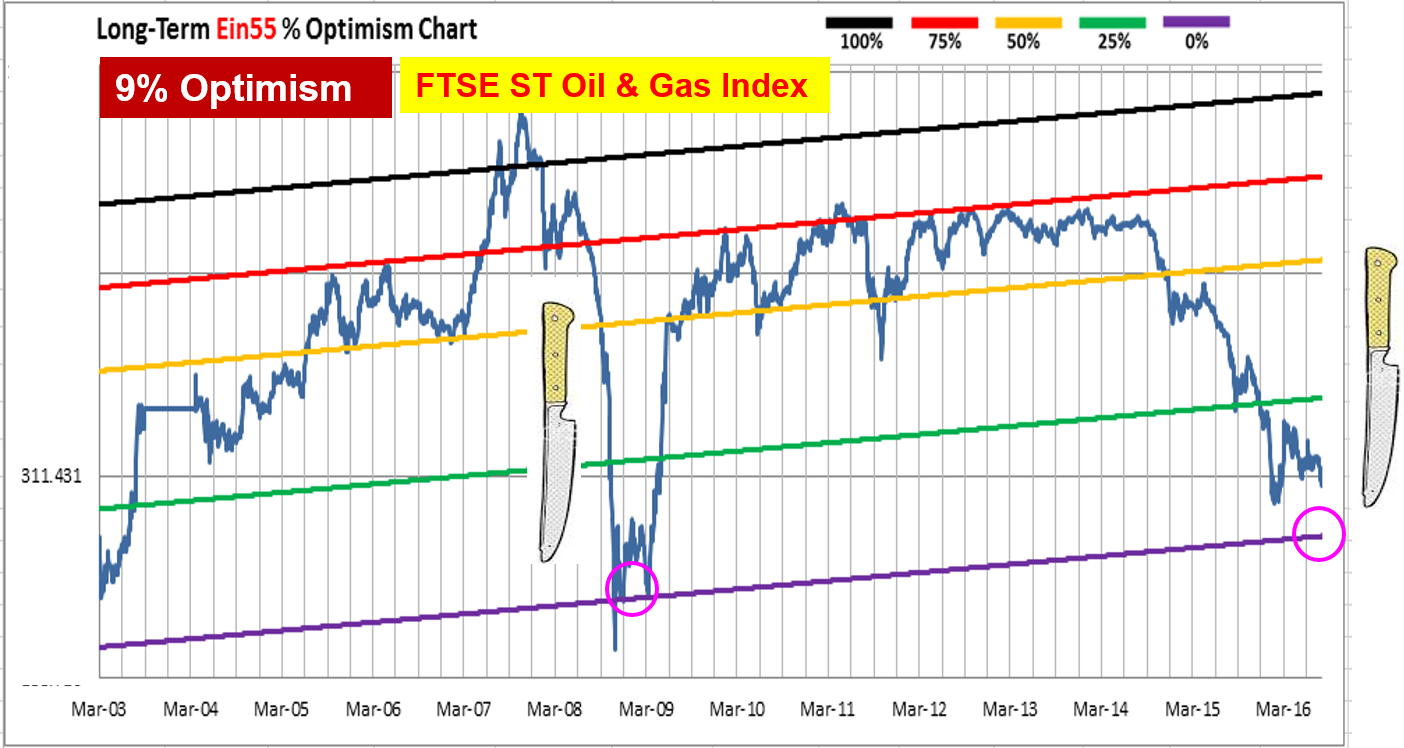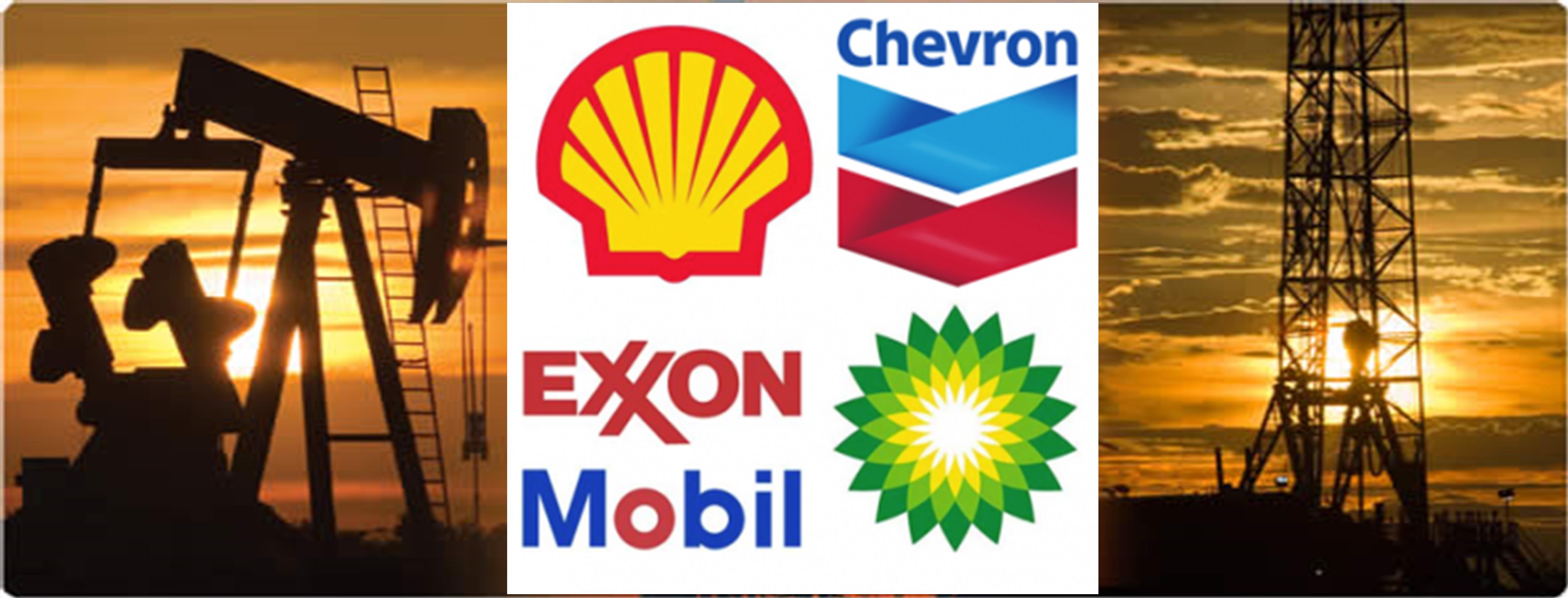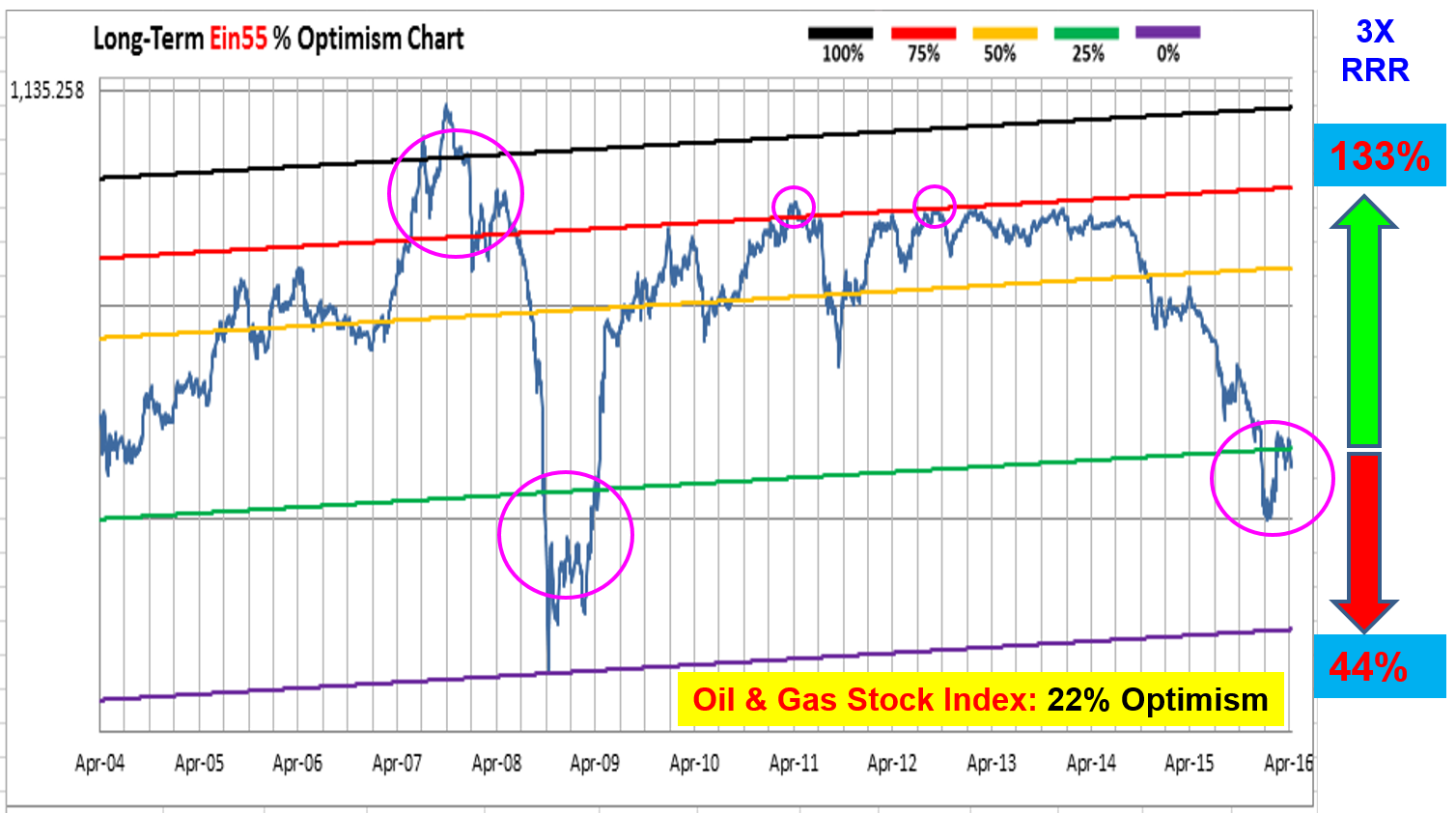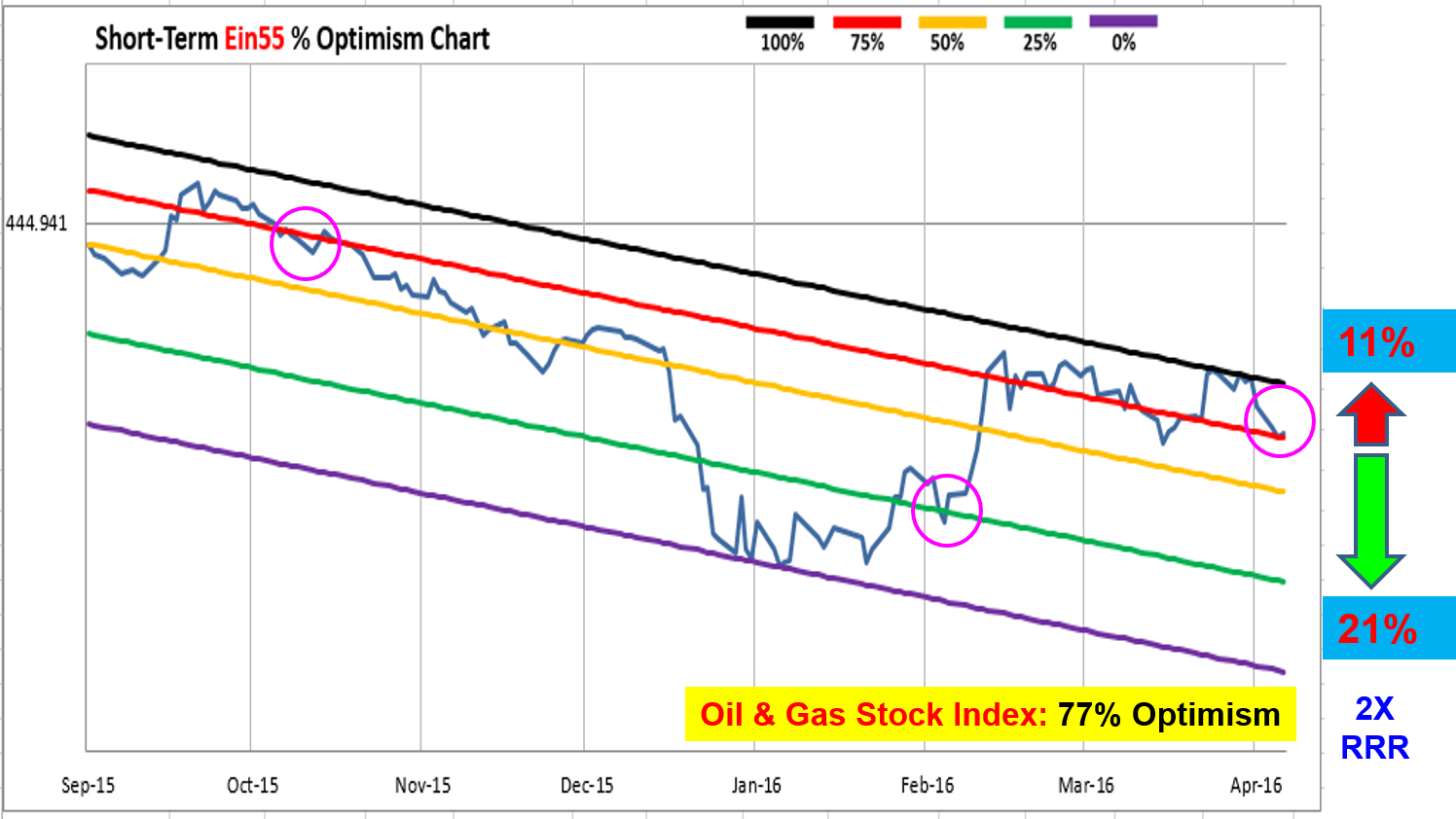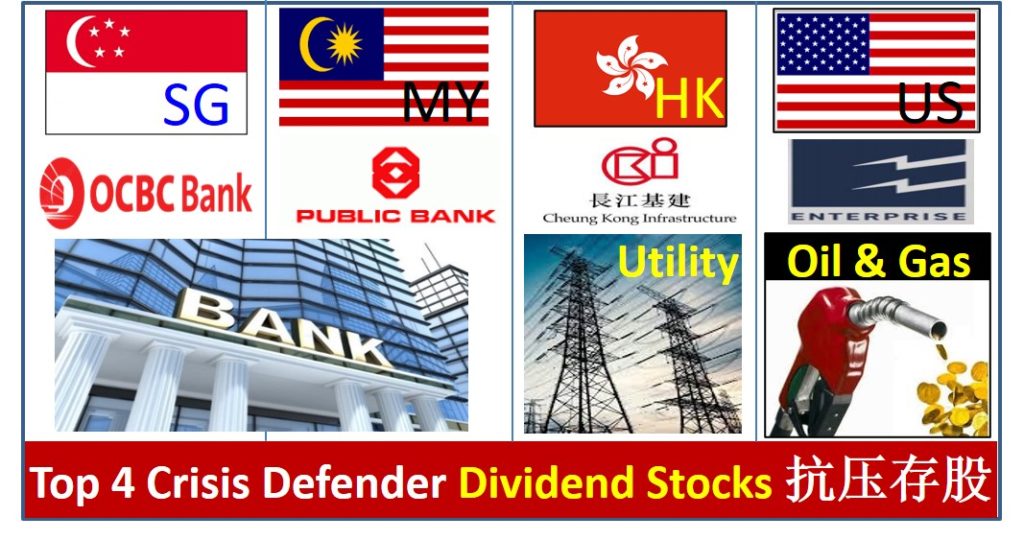
Global stock markets experienced mini dotcom bubble with over 30%-50% major correction in technology stocks, especially in US Nasdaq and Hong Kong. Both long term investors and short term traders are worried of high inflation over 8%, interest rate hike (may exceed 3% in 1 year), Russia-Ukraine War (higher commodity prices) which contribute to declining stock prices. A potential black swan may spread the fears in technology stocks to most sectors, resulting in a global financial crisis.
Instead of worrying about uncertain markets, a smart investor and trader may consider strong dividend giant stocks with protection by defensive sector business, a natural way to hedge against high inflation with interest rate hike while collecting growing passive incomes in a steady way.
In recent 13th Ein55 Charity Course on Global Dividend Stocks, we have raised fund of $21,700 for Tzu Chi Singapore to help needy families in Singapore. Under the spirit of charity, Dr Tee decides to share 4 defensive dividend stocks in 4 countries of 3 defensive sectors (banking & finance, utilities, oil & gas) with readers as defenders in current bearish stock markets (read each details in this article to fully understand on how to position in these giant stocks):
1) Singapore Dividend Bank Stock – OCBC Bank (SGX: O39)
2) Malaysia Dividend Bank Stock – Public Bank (Bursa: 1295)
3) Hong Kong Dividend Utility Stock – CK Infrastructure / CKI (HKEx: 1038)
4) US Dividend Oil & Gas Stock – Enterprise Products Partners (NYSE: EPD)
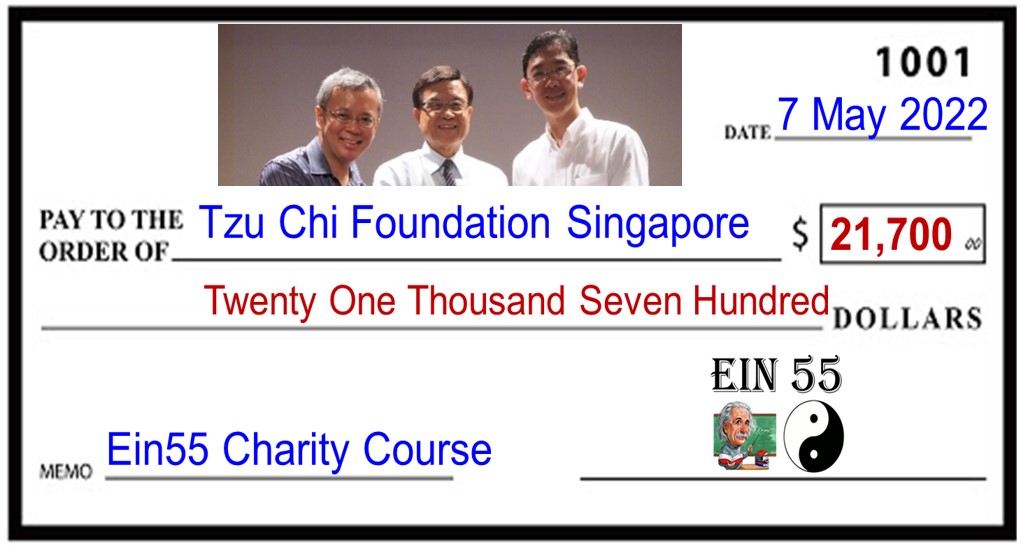
The best time to invest in global dividend giant stocks is always during global stock crisis (eg. Year 2020-2021 during pandemic, 2008—2009 during subprime crisis, etc), not only able to maximize the dividend yield (due to lower entry share price), also could have higher potential of capital gains (when market cycle moves from fear in low optimism to greed in high optimism). Dividend stock investing is not based on stock strategy (Buy & Hold for dividends) alone, may be integrated with cyclic investing (Buy Low Sell High), growth investing (Buy & Hold for capital gains), swing / momentum trading (Buy & Hold for short term / medium term gains), defensive investing and other Ein55 strategies.
However, not all the high dividend yield stocks (potential value trap) are suitable for dividend investing. A growing business in the past may not be sustainable during COVID-19 period and a dividend stock may not able to continue the payment of dividend. Similarly, even a dividend stock may have strong and sustainable business but if share prices is bearish due to emotional stock market or declining sector, it may not be a good choice for investors to Buy Low (prices may get lower in short term), integration with trading or alignment with promising sectors would help for a smooth entry.
Fundamental Analysis alone is not sufficient, a low PB or low PE or high dividend yield stock may be a value trap as this may be the result of lower share price with weakening businesses. Therefore, deeper analysis is required with LOFTP (Level, Optimism, Fundamental, Technical, Personal Analysis) Strategies.
Let’s learn these 4 giant dividend stocks from 3 promising sectors (banks, utilities, oil & gas) as defenders in 4 countries (Singapore, Malaysia, Hong Kong and US), understanding the business nature, investment clock and unique strategy.
1) Singapore Dividend Bank Stock – OCBC Bank (SGX: O39)
With rising interest rates globally, bank sector would earn more in interest income (mainly through higher net interest margin, NIM). With accelerated pandemic recovery, banks would also make more profits in non-interest incomes (eg. insurance, credit card, investment, fund management).
So, giant bank stocks usually are good choices for dividend stocks as defenders during bearish market but they could change position as a striker with higher capital gains when stock market is bullish.
OCBC has nearly 100 years of business with merging and acquisition of many banks, supported by major shareholder, Lee Family, as well as an important subsidiary (contributing to about 30% earnings of OCBC), Great Eastern (SGX: G07), an insurance giant stock which has over 100 years of proven operations. Both giant stocks have experienced numerous stock market “crisis” over the past decades, survival-of-the-fittest principle is fully demonstrated, not comparable by any new rising star or promising IPO stock with limited history.
OCBC has strong business performance, after 60% dividend cap during FY2020 is lifted, dividend yield is back to 4.5%, highest among the 3 major Singapore Banks (OCBC, DBS, UOB), partly due to more undervalue in share prices. Over the past 10 years, OCBC has increased dividends payment by 2.5X times, assuming similar performance in the next 10 years, dividend yield could increase to about 10% for long term investors.
OCBC is still at moderate low Ein55 Optimism (<50%) but recovering well from low in pandemic, aiming for Ein55 intrinsic value of about $13/share (about 8% potential upside in medium term) or over $15/share when market emotion may be greedy again. The stock is well balanced, suitable for dividend investing (Buy & Hold for dividend), growth investing (Buy & Hold for capital gains), but not for cyclic investing (near to fair price) nor trading when trend is still sideways.
OCBC Bank is an all-rounded stock but an investor or trader may need diversification over a portfolio of 10-20 giant stocks in 3 sectors of 3 countries, not to buy only 1 giant stock (concentration risk).
2) Malaysia Dividend Bank Stock – Public Bank (Bursa: 1295)
Similar as Singapore, Malaysia bank stocks also benefit from rising interest rates and reopening of economy, especially the international borders are widely opened to tourists.
Public Bank is one of a few remaining private banks (another is Hong Leong Bank, Bursa: 5819) in Malaysia with strong growing businesses. Public Bank is very prudent in expenses, staff cost is one of the lowest among the peers. It also has an insurance giant stock (LPI, Bursa: 8621) as subsidiary.
Relative to OCBC and peers in Singapore, Public Bank is moderate in dividend payment (about 3.3% dividend based on current share prices) but stronger in growth and high cyclic potential due to share prices heavily discounted over the past few years with lagging Malaysia economy.
Public Bank is still at moderate low Ein55 Optimism (<50%) but recovering well from low in pandemic, aiming for Ein55 intrinsic value of about $6/share (about 30% potential upside in medium term). The stock is well balanced, suitable for dividend investing (Buy & Hold for dividend), growth investing (Buy & Hold for capital gains), cyclic investing (Buy Low Sell High) and even trading when price is back to uptrend in short term.
Public Bank is an all-rounded stock but an investor or trader may need diversification over a portfolio of 10-20 giant stocks in 3 sectors of 3 countries, not to buy only 1 giant stock (concentration risk).
3) Hong Kong Dividend Utility Stock – CK Infrastructure / CKI (HKEx: 1038)
Utilities sector has defensive business (eg. power or water supplies with fixed rates for several years), therefore able to generate consistent dividends, even during a bearish stock market.
CKI is under CKH (HKEX: 1), both are Hang Seng Index component stocks with major sponsor, Li Ka-shing, the richest person in Hong Kong. CKI also owns Power Assets (HKEx: 6) and Hong Kong Electric, as well as global utilities businesses, contributing to dividend yield of 4.7% (based on current share prices), a defensive stock popular among Hong Kong investors, especially with bearish stock market driven by ATM (Alibaba / Tencent / Meituan) and other technology stocks.
CKI is still at low Ein55 Optimism (<25%) but recovering well from low in pandemic, aiming for Ein55 intrinsic value of about $80/share (about 60% potential upside in medium term). The stock is well balanced, suitable for dividend investing (Buy & Hold for dividend), growth investing (Buy & Hold for capital gains), cyclic investing (Buy Low Sell High) and even trading when price is back to uptrend in short term.
CKI is an all-rounded stock but an investor or trader may need diversification over a portfolio of 10-20 giant stocks in 3 sectors of 3 countries, not to buy only 1 giant stock (concentration risk).
4) US Dividend Oil & Gas Stock – Enterprise Products Partners (NYSE: EPD)
Oil & Gas sector usually has cyclic business but commodity prices at higher optimism are supporting the giant stocks in oil & gas with stronger business. EPD is a special oil & gas stock with defensive business in midstream sector on delivery of crude oil and natural gas. The earnings and cashflows are stable as business based on future contracts, less sensitive to volatile oil & gas prices.
Russia-Ukraine war has pushed the commodity prices to new high while demand for delivery of oil & gas would be more. Even when one day oil price may fall to lower optimism, EPD could still generate passive incomes which dividend payment has been consistent over the past few decades, currently dividend yield is 6.9% (about 4.3% net dividend yield after over 38% withholding tax to US government).
EPD is under MLP business model which can maximize dividend without corporate level tax, paying dividend 4 times each year, behaving like a REIT (both are required to pay 90% incomes as dividends to shareholders).
EPD is still at moderate low Ein55 Optimism (<50%) but recovering well from low in pandemic, aiming for Ein55 intrinsic value of about $30/share (about 30% potential upside in medium term). The stock is well balanced, suitable for dividend investing (Buy & Hold for dividend), growth investing (Buy & Hold for capital gains), cyclic investing (Buy Low Sell High) and even trading when price is back to uptrend in short term.
EPD is an all-rounded stock but an investor or trader may need diversification over a portfolio of 10-20 giant stocks in 3 sectors of 3 countries, not to buy only 1 giant stock (concentration risk).
===================================
There are over 2000 giant stocks in the world based on Dr Tee criteria, choice of 10 Dream Team giant stocks have to align with one’s unique personality, eg. for shorter term trading (eg. momentum or swing trading) or longer term investing (cyclic investing, undervalue investing or growth investing). Readers should not just “copy and paste” any stock (What to Buy, When to Buy/Sell) as successful action taking requires deeper consideration (LOFTP strategies – Level / Optimism / Fundamental / Technical / Personal Analysis) which you could learn further from Dr Tee Free 4-hr Webinar.
Drop by Dr Tee free 4hr webinar (learning at comfort of home with Zoom) to learn how to position in global giant stocks during COVID-19 stock crisis with 10 unique stock investing strategies, knowing What to Buy, When to Buy/Sell.
Zoom will be started 30 min before event, bonus talk (Q&A on any investment topics from readers) for early birds. There are many topics we will cover in this 4hr webinar, Dr Tee can have more time for Q&A if you could stay later after the webinar, you could ask on any global and local stocks including but not limited to 30 STI component stocks:
Ascendas Reit (SGX: A17U), CapitaLand (SGX: C31), CapitaLand Integrated Commercial Trust (SGX: C38U), City Development (SGX: C09), ComfortDelGro (SGX: C52), Dairy Farm International (SGX: D01), DBS Bank (SGX: D05), Frasers Logistics & Commercial Trust (SGX: BUOU), Genting Singapore (SGX: G13), Hongkong Land (SGX: H78), Jardine Cycle & Carriage (SGX: C07), Jardine Matheson Holdings JMH (SGX: J36), Keppel Corp (SGX: BN4), Keppel DC Reit (SGX: AJBU), Mapletree Commercial Trust (SGX: N2IU), Mapletree Industrial Trust (SGX: ME8U), Mapletree Logistics Trust (SGX: M44U), OCBC Bank (SGX: O39), SATS (SGX: S58), Sembcorp Industries (SGX: U96), Singapore Airlines (SGX: C6L), Singapore Exchange (SGX: S68), Singtel (SGX: Z74), ST Engineering (SGX: S63), Thai Beverage (SGX: Y92), UOB Bank (SGX: U11), UOL (SGX: U14), Venture Corporation (SGX: V03), Wilmar International (SGX: F34), YZJ Shipbldg SGD (SGX: BS6).
Dr Tee will cover over 20 case studies, Singapore giant stocks, eg. CapitaLand Integrated Commercial Trust (SGX: C38U), Singapore Exchange (SGX: S68), Keppel Corp (SGX: BN4), Top Glove (SGX: BVA), Jardine Matheson Holdings JMH (SGX: J36), Vicom (SGX: WJP) and many others, Malaysia giant stocks, Hong Kong giant stocks and US giant stocks, both long term investing and short term trading.
There are limited tickets left for this 4hr free webinar, please ensure 100% you could join when register: www.ein55.com
View quick preview video below, Dr Tee will introduce 10 key stock investment strategies (股票投资十招) to be learned in 4hr free stock webinar:
Register Here (Dr Tee Free 4hr Stock Webinar): www.ein55.com

